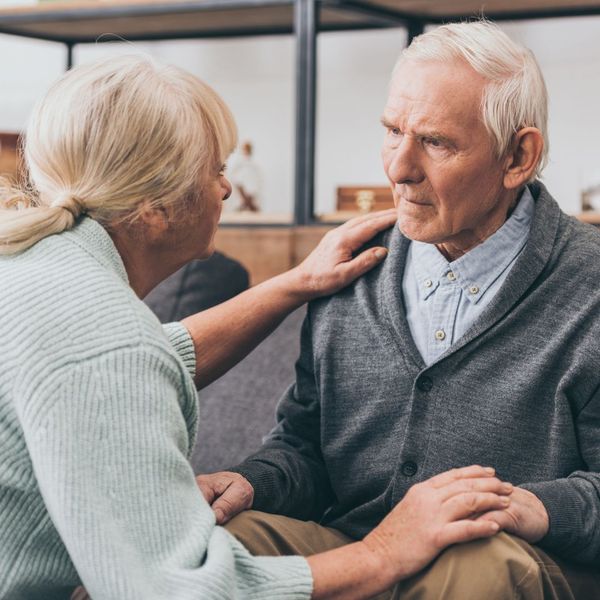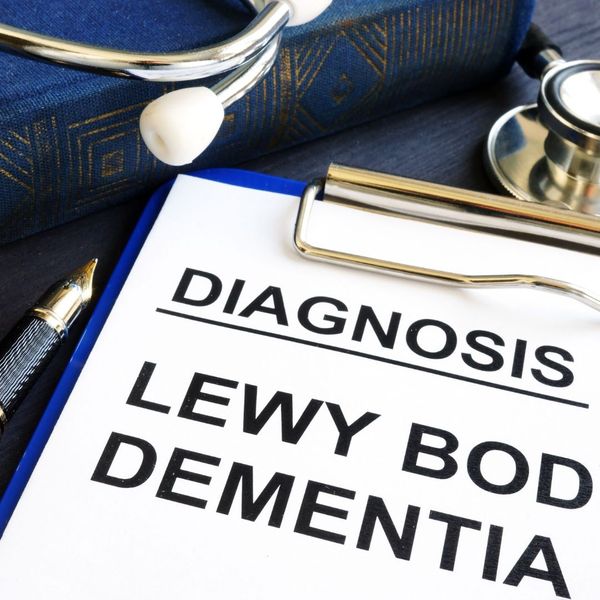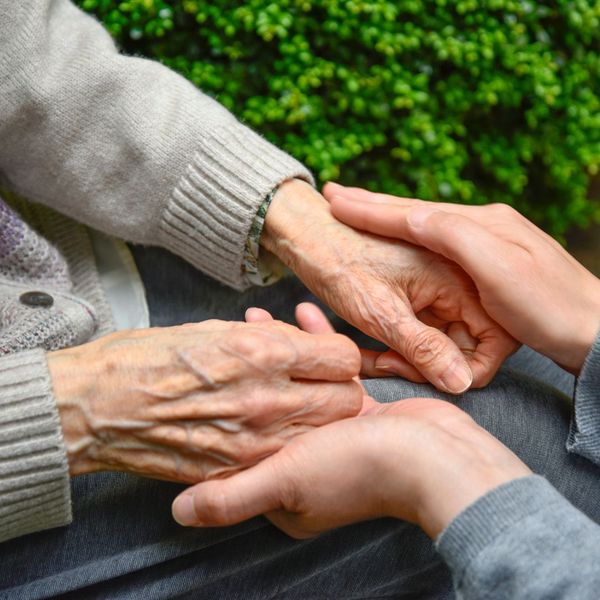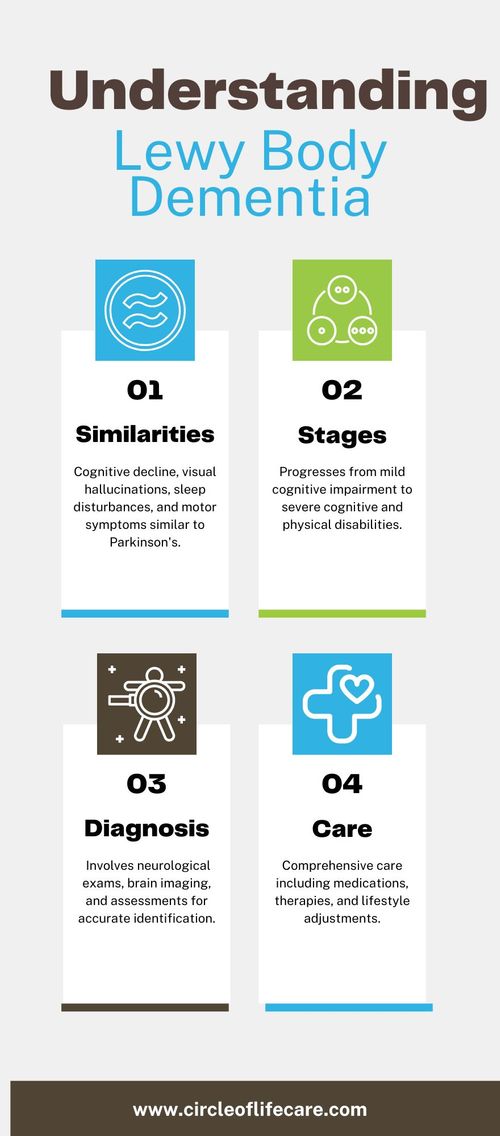Lewy Body Dementia (LBD) is a complex and progressive neurological disorder characterized by abnormal protein deposits called Lewy bodies in the brain. These deposits affect various brain functions, leading to cognitive, motor, and behavioral changes. In this blog, Circle of Life Care will explore the symptoms, stages, and diagnosis of Lewy Body Dementia to help you understand this challenging condition.
Understanding Lewy Body Dementia: An Overview
Understanding Lewy Body Dementia: An Overview

Symptoms of Lewy Body Dementia
LBD presents a range of symptoms that can vary significantly from person to person. Common symptoms include cognitive decline, hallucinations, and sleep disturbances. Patients may also experience motor symptoms similar to Parkinson's disease, such as tremors, stiffness, and balance issues. Visual hallucinations are particularly notable in LBD, often occurring early in the disease and causing distress to patients and caregivers.

Stages of Lewy Body Dementia
Lewy Body Dementia progresses through several stages, each marked by increasing severity of symptoms. In the early stages, mild cognitive impairment and subtle motor symptoms may be present. Individuals may experience more pronounced cognitive decline, fluctuating attention, and worsening motor symptoms as the disease progresses. In the advanced stages, individuals may require full-time care due to severe cognitive and physical impairments.

Diagnosis of Lewy Body Dementia
Diagnosing LBD can be challenging due to its overlapping symptoms with other neurological disorders, such as Alzheimer's and Parkinson's. A thorough medical evaluation, including neurological exams, brain imaging, and cognitive assessments, is essential for an accurate diagnosis. Physicians may also consider the patient's medical history and response to medications. Early and accurate diagnosis is crucial for managing symptoms and planning appropriate care.

Living with Lewy Body Dementia
Managing LBD requires a comprehensive approach that addresses both cognitive and physical symptoms. Medications may be prescribed to manage motor symptoms and cognitive decline, while therapy and support groups can help patients and caregivers cope with the emotional and psychological impact of the disease. Lifestyle changes, such as a healthy diet, regular exercise, and maintaining social connections, can also improve quality of life.

Lewy Body Dementia is a challenging condition that requires understanding and support. Early recognition of symptoms and proper diagnosis are key to managing the disease and improving outcomes. If you or a loved one is experiencing symptoms of LBD, consult with a healthcare professional to explore treatment options and support services. For more information on managing Lewy Body Dementia, contact our team at Circle of Life Alzheimer's Homes.
